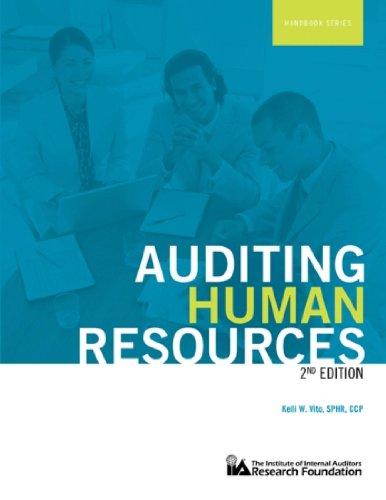Using the systems flowcharts of Figure 11.11 (p 427) and Figure 11.13 (p 433), discuss how each of these processes implements the concept of separation of duties from Chapter 8. For each of the two processes, be specific as to which entity (or entities) performs each of the four data processing functions mentioned from Chapter 8. If not all four data processing functions are included in the flowchart, identify which are missing.

FIGURE 11.11 Systems Flowchart of the Billing Process ACCOUNTS RECEIVABLE (Billing Section) COMPUTER Start P-1 Request shipments to be billed 1 P-2 Prepare and display "Shipments not yet billed" 1 1 "Shipments not yet billed" 1 1 1 Enterprise database Select shipments to be billed and prepare batch total M-1 P-3 P-4 P-5 1 BT HOMOLO Select shipments and execute billing program Create and print invoice, update AR, sales event, and GL data, send "Billing completed" notice with amounts posted to AR and related accounts P-6 Invoice "Billing completed, changes to AR and related accounts P-7 M-2 D-01 Customer P-8 Compare batch totals with changes to AR and related accounts Error routine not shown End the DFDs in Chapter 10 and in Figures 11.2, 11.3, and 11.4 as the data flow "S ping's billing notification." Again, in Figure 11.11, this notification is simply a cha to the sales order master record (with the new status indicating that the order been shipped but not yet billed) on the enterprise database. In the billing section, a clerk periodically requests a list of sales orders that been shipped but have not been billed. In the SAP system, this is called the Bi i lint colant the items that are to be billed, pre GURE 11.13 Systems Flowchart of the Cash Receipts Process Cashier ERP System Payment applications Lockbox Save remittance file P-1 P-2 Validated remittance totals Each morning Enterprise database Request remittance file totals Display remittance file totals Request payment application edits Edit data, display totals Remittance file totals P-5 P-6 AR discounts, total amount P-7 Compare totals Error routine not shown Error routine not shown P-3 Compare totals P-4 P.4 1 E-mailed lockbox totals Record payments update GL Request payment application update M-1 M-3 M-4 1 1 AR and GL updates complete E-mail validated totals P-8 M-2 End A general ideas. You should notice a close resemblance between the physical features this process and the logical design of the billing process as presented in Figures 11.. 11.3, and 11.8. You should also see that this system demonstrates the use of an ente prise system and several features of the technology discussed earlier in this chapter. As discussed earlier, the procedures employed in collecting cash can vary widel For example, some companies ask customers to mail checks along with RAS the company, others ask customers to send payments to a designated bank lockbar; e-commerce environments, some form of electronic bill payment such as electron ollut used Figure 11.13 depicts a process in which custom








